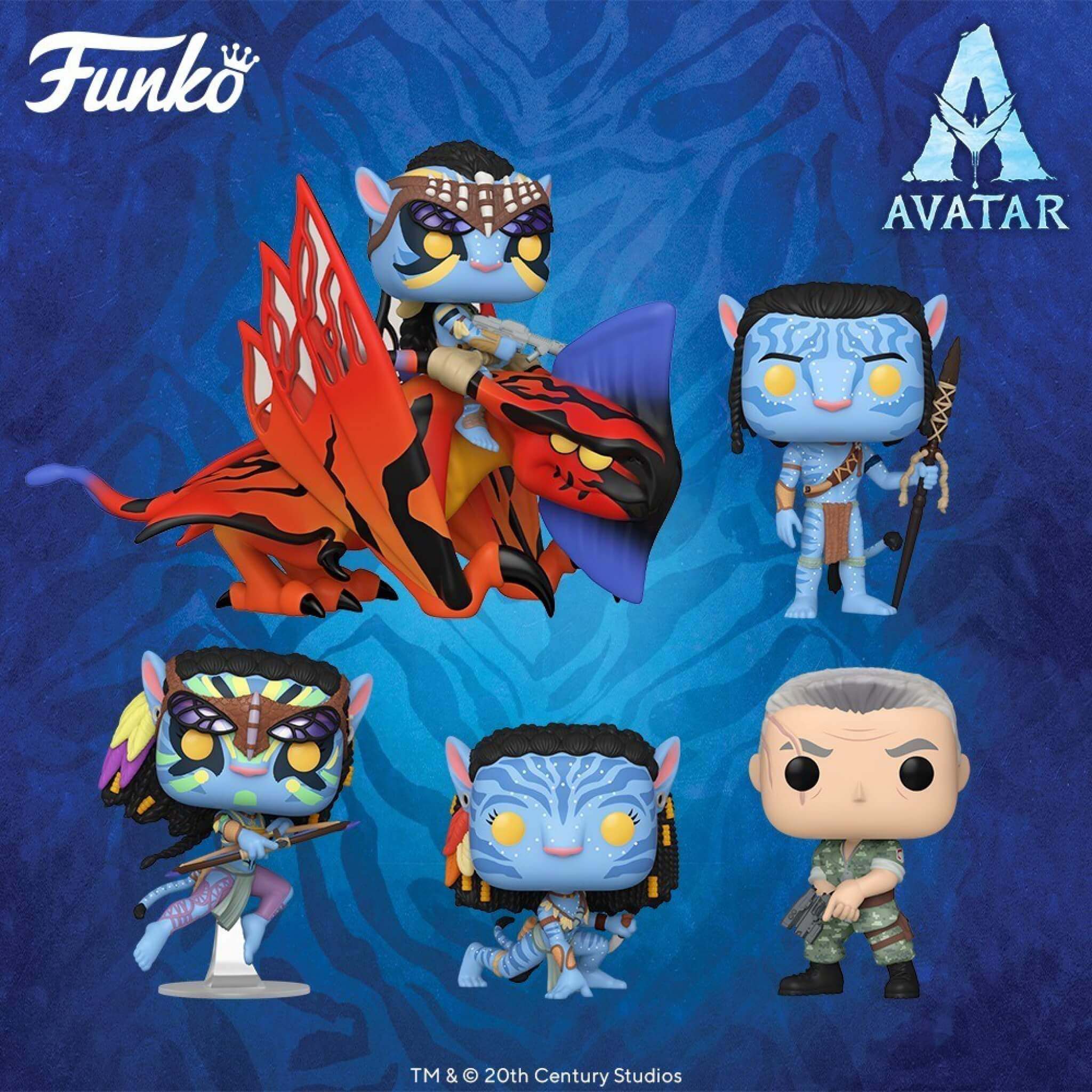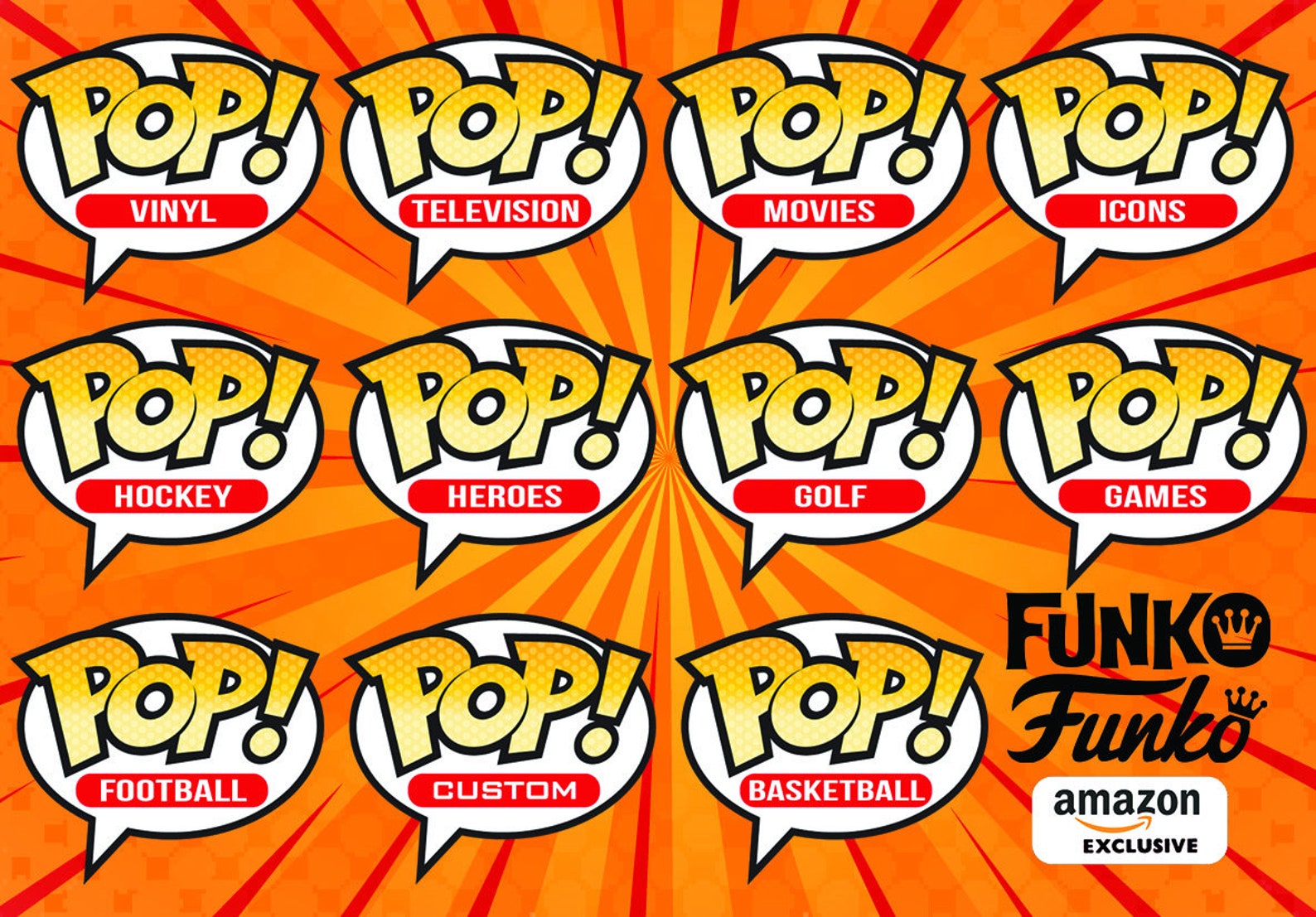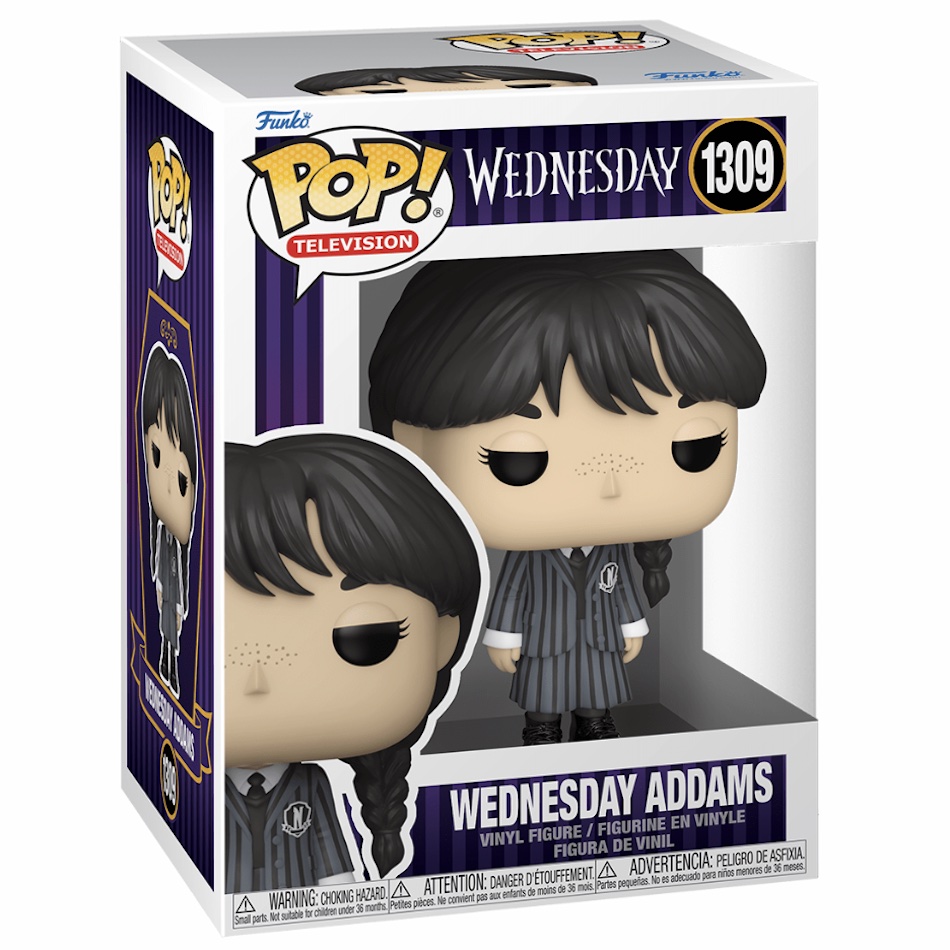There's a lot of stuff that just, you know, shows up on social media, especially on places like Twitter. It feels like a constant stream of information, conversations, and interesting bits that grab our attention, if only for a short while. We see trends, new topics, or perhaps a catchy phrase suddenly appear, becoming a big part of what everyone is talking about for a bit.
These things, they appear, they get talked about for a little while, and then, more or less, they might just fade away or get replaced by something else entirely. It's like a constant flow of new ideas, bits of news, or just fun moments that catch your eye, and then, pretty much, they move along. The way content comes and goes on a platform like Twitter has a certain rhythm, a kind of in-and-out motion.
This idea of things appearing or perhaps being removed, actually, has some interesting connections to how certain systems work, even in the technical world. We're talking about the general sense of something 'popping' into existence or 'popping' out of sight, and how that relates to what we see as 'pop tingz twitter'. It's about how information comes to the forefront, gets noticed, or steps back, sometimes by design, sometimes just as a natural part of how things flow online.
Table of Contents
- What Makes Things Pop Up on Twitter?
- Getting Your Messages - A Look at POP in Mail Systems
- When Things Just Disappear - How "Pop" Works in Code
- What About Those Quick Code Changes and "Pop Tingz Twitter" Stashes?
- How Does Something Grab Attention, Like "Pop Tingz Twitter" Ads?
- Getting Noticed - The Idea Behind POP Advertising
- Are Alerts and "Pop Tingz Twitter" Notifications Connected?
- Little Reminders - What Notifications Really Do
What Makes Things Pop Up on Twitter?
When we talk about "pop tingz twitter," we're really thinking about what makes certain content, ideas, or conversations become prominent. It's like a sudden burst of visibility for something that might have been quietly there before. This can happen for many reasons, from a widely shared thought to a piece of news that gets a lot of attention very quickly. The way information surfaces, you know, is quite fascinating.
Think about how different systems handle information. Some methods are about getting a copy of something and keeping it, while others are more about taking something away from its original spot. This distinction, in a way, can remind us of how things come to our attention on social platforms. Sometimes a piece of content is simply displayed for us to see, like a message arriving in an inbox, and other times, it's pulled out of a collection, changing its status or where it lives.
The core idea of "pop" can mean different things depending on where you encounter it. In some cases, it's about making something appear for you to look at. In other cases, it's about something being removed from a specific place. These actions, whether showing up or going away, are pretty central to how information moves around, and, you know, that applies to what we see on social media as well.
Getting Your Messages - A Look at POP in Mail Systems
When you get your emails, there are a few ways your computer or phone can talk to the mail server. One of these ways is called POP, which stands for Post Office Protocol. This method, you see, is all about getting your messages from the server down to your device. It's a bit like going to the post office and picking up your mail; once you have it, it's usually no longer at the post office itself.
Depending on the person or organization setting things up, they can use either POP or another system called IMAP to get their mail. With POP, once the mail is downloaded to your computer, it's often removed from the server. This means you have a local copy, and if you check your mail from another device, those specific messages might not be there anymore. It's a way of retrieving items that, in some respects, are then taken out of their original holding place.
For example, when you set up POP access for your Gmail account, you're telling Gmail that you want to pull your messages down to a specific mail program on your computer. It's important to set this up correctly first. After you turn on POP in Gmail, it might take a little bit for your mail client to start pulling those messages down. This process of messages appearing in your local inbox, while perhaps disappearing from the server, is a clear example of how 'pop' works in this context. It's about bringing something into view for you, while also, basically, taking it from its source.
You can, for instance, open your Gmail messages in other mail programs that support POP, such as Microsoft Outlook. The first step is to make sure POP is the best way for you to get your email. Both IMAP and POP allow you to read Gmail messages using other email programs. The key difference with POP is that it's often about moving the mail, rather than just viewing it in place. This movement, or the act of something appearing in one spot and perhaps leaving another, is quite similar to how certain "pop tingz twitter" can surface and then perhaps be less visible elsewhere.
When Things Just Disappear - How "Pop" Works in Code
In the world of computer programming, the word "pop" also describes a specific action, and it's mostly about taking things out of a collection. Think about a list of items, or a stack of things, like plates in a cupboard. When you use a command that says "pop" by itself, it typically removes the very last item that was added to that list or stack. This is often called "last in, first out," or LIFO. So, the most recent thing added is the first one to be taken away. It's a direct action of removal, making something disappear from the collection.
But then, if you use "pop" with a specific number inside the parentheses, like "pop(0)," that means you're telling the computer to remove the item that's at a particular spot, the one at the very beginning of the list. So, while "pop()" without a number takes the last one, "pop(0)" specifically targets the first one. This shows that "pop" can be about removing items from different positions, causing them to, you know, no longer be part of that collection. This kind of removal, where something is taken from a set of items, is a fundamental operation in many computer programs.
There are also situations where "pop" is compared to another command called "del," which also removes things. The differences are that "pop" actually gives you back the value of the thing it removed, so you can use it for something else. "Del," on the other hand, just removes it without giving you the value. Also, "del" can work on a whole section of a list, called a "slice," while "pop" usually deals with single items. So, while both make things disappear, "pop" provides a bit more utility if you need to do something with the item that's leaving.
In cases where "pop" works, the command "del" has pretty much the same level of computational effort. It might even be a little bit faster by a very small, fixed amount. This means that for simply getting rid of a single item, both are very efficient. The choice between them often comes down to whether you need to actually do something with the item that's being removed. This idea of something being efficiently removed or retrieved, you know, is a core part of how many systems handle data, and it can, in a way, relate to how certain "pop tingz twitter" might be removed from the trending list or from general visibility.
What About Those Quick Code Changes and "Pop Tingz Twitter" Stashes?
In the world of managing computer code, especially when many people are working on it, there's a tool called Git. Sometimes, you're working on something, and you need to quickly switch to another task without saving your current changes permanently. That's where "git stash" comes in. It's like putting your current work aside in a temporary storage area, a kind of "stash."
When you're ready to bring those changes back, you can use "git stash pop." This command does two things: it takes the most recent set of changes from your stash and puts them back into your working code, and then, it removes those changes from the stash list itself. So, it applies the changes and then makes them disappear from your temporary storage. It's a way of making something that was hidden reappear, and then making it vanish from its temporary spot, which, you know, is quite efficient.
There's also "git stash apply," which is a bit different. This command also takes the most recent changes from your stash and puts them into your working code. However, "git stash apply" leaves those changes in the stash list. This means you could, in theory, use them again later if you needed to. So, one command brings the changes back and removes them from the stash, while the other brings them back but keeps them in the stash for possible later reuse. This distinction between something appearing and then being gone versus appearing and still being available, you see, is a subtle but important difference in how things can surface or remain accessible.
How Does Something Grab Attention, Like "Pop Tingz Twitter" Ads?
Beyond the technical side of "pop," there's another meaning that's all about getting noticed. This is especially true in the world of advertising. We're talking about things that, in a way, "pop" out at you, designed to catch your eye and make you stop and look. This is a very different kind of "pop" than the ones we've discussed, but it still relates to something appearing prominently.
When we consider "pop tingz twitter" in this sense, it's about the content or messages that really stand out in a busy feed. It's the posts that make you pause your scrolling, the ones that, you know, somehow demand a moment of your time. This ability to grab attention is a key element in how information becomes popular or widely seen on social platforms, and it often involves a deliberate effort to make something visually or conceptually striking.
This idea of making things appear in a noticeable way is, frankly, something that advertisers have been doing for a very long time. They want their messages to "pop" for you, to jump out and make an impression. It's about ensuring that when you're in a certain place, a message suddenly becomes very visible, drawing your gaze and perhaps your thoughts. This kind of sudden appearance, which is designed to be impactful, is a powerful way to get something into people's awareness.
Getting Noticed - The Idea Behind POP Advertising
POP advertising is a term that stands for "Point of Purchase" advertising. This refers to any advertising material that is shown at the place where you buy things. Think about those signs right next to the candy bars at the checkout counter, or special displays near a product on a shelf. The main goal of these ads is to attract the attention of people who are already there to shop and, you know, encourage them to go into a store or to buy a specific item.
Anything that is put up in a place where goods are sold, with the aim of getting people to notice something and perhaps buy it, is called POP advertising. The purpose is to make something "pop" into the customer's view right at the moment they are making buying choices. It's about influencing a decision when someone is already in a shopping mindset. This direct visual appeal, this sudden appearance of a message in a relevant spot, is a classic example of making something prominent.
These ads are designed to be visually compelling, to stand out from their surroundings. They want to literally "pop" off the shelf or the wall and grab your eye. This is about making something appear in a very direct and noticeable way, at a time when a person is most receptive to making a choice. This strategy of making something suddenly visible and appealing, you know, is very much about getting things to become "pop tingz," whether in a store or on a social media feed where attention is also a valuable thing.
Are Alerts and "Pop Tingz Twitter" Notifications Connected?
When we think about things "popping" up on our screens, notifications come to mind pretty quickly. These are those little messages that appear to let you know about something new or important. They are designed to get your attention, to make something visible to you right away, and, you know, that's a very direct form of something "popping" into your awareness. They are often short, to the point, and appear without you having to actively look for them.
The way these alerts work is all about making information appear when it's relevant. You can set up your web browser, like Chrome, to get these notifications. They might be meeting reminders from websites, updates from apps, or messages from extensions you have installed. The idea is that these bits of information "pop" up on your screen, drawing your eye to something that the system or an application wants you to see right then. This immediate appearance is a key part of their function.
These notifications are a clear example of how things are designed to become visible and grab attention in the digital world. They are not about removing something, but rather about making something appear in a timely manner. This act of something suddenly appearing to inform you, to get your attention, is a very strong connection to the idea of "pop tingz twitter." Just like a trending topic or a viral post, a notification "pops" up and demands a moment of your focus, bringing something to the forefront of your experience.
Little Reminders - What Notifications Really Do
Notifications serve as little reminders or alerts that appear on your device. They are there to make sure you don'



Detail Author:
- Name : Dr. Lee Koepp Sr.
- Username : walsh.izaiah
- Email : neva33@yahoo.com
- Birthdate : 2004-09-27
- Address : 9027 Anastasia Tunnel Emmerichland, MO 39896-0079
- Phone : (906) 984-4769
- Company : Hills-Beahan
- Job : Multi-Media Artist
- Bio : Eos magnam culpa est veniam. Officia qui pariatur qui sapiente eum. Placeat velit quae perspiciatis veniam. Aperiam quia in dolorem quia.
Socials
facebook:
- url : https://facebook.com/flatley1997
- username : flatley1997
- bio : Aut accusamus facilis vel consequatur.
- followers : 3823
- following : 1008
instagram:
- url : https://instagram.com/jarrell_flatley
- username : jarrell_flatley
- bio : Vitae voluptates quasi sit deserunt repellendus nihil. Nostrum aut illum dolore qui alias.
- followers : 5323
- following : 2715
twitter:
- url : https://twitter.com/jarrell_flatley
- username : jarrell_flatley
- bio : Ad voluptate earum omnis. Consequatur deserunt aut est dicta. Quasi autem ut ut inventore odit natus est.
- followers : 3003
- following : 721
tiktok:
- url : https://tiktok.com/@jarrell7044
- username : jarrell7044
- bio : Libero repellendus quod aspernatur voluptatem.
- followers : 5080
- following : 2359

